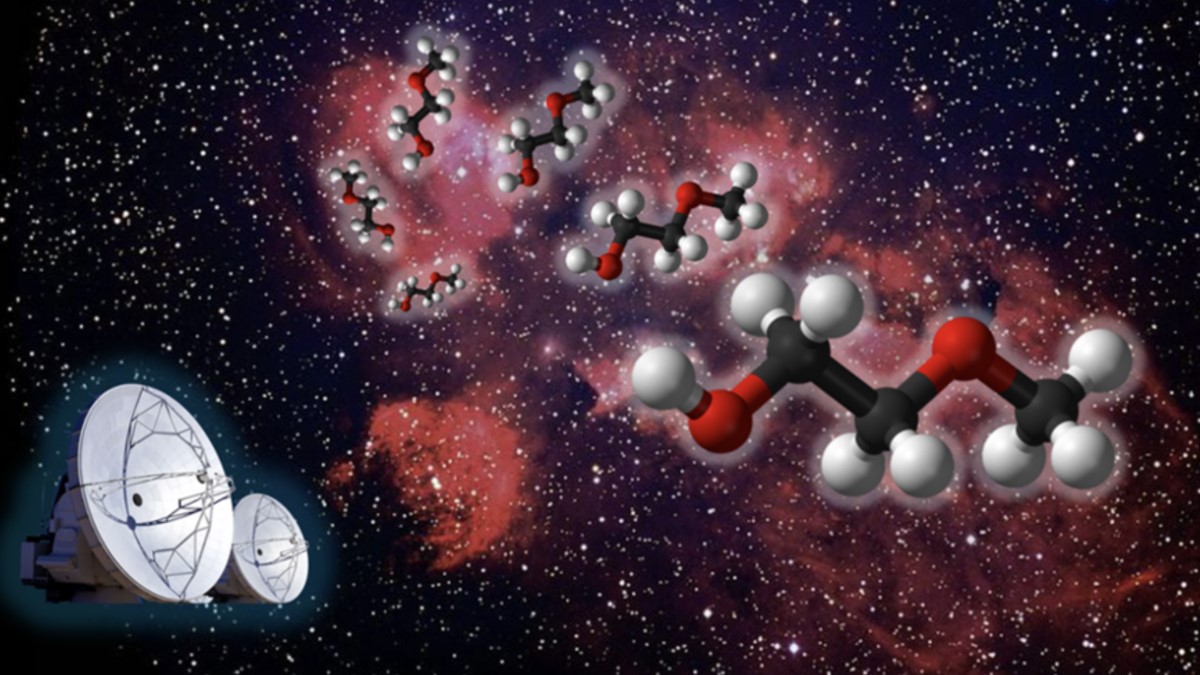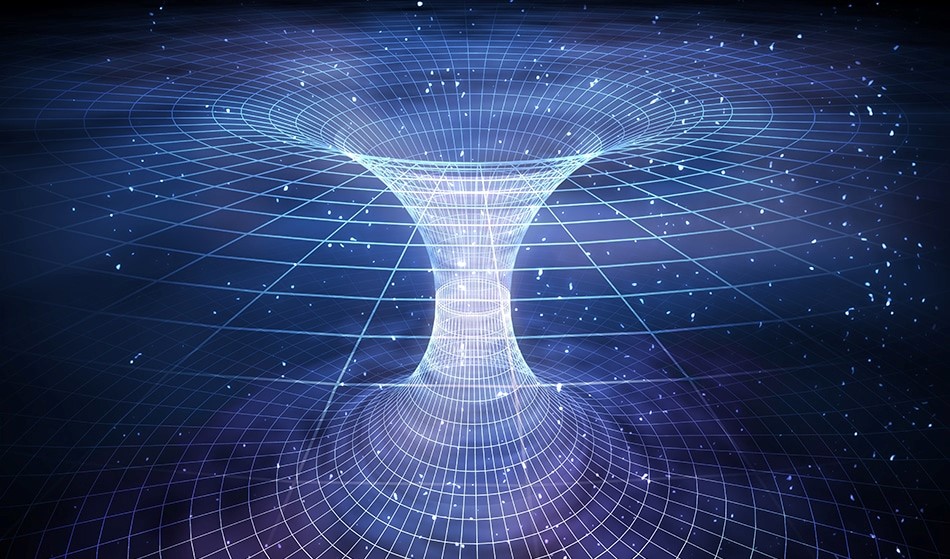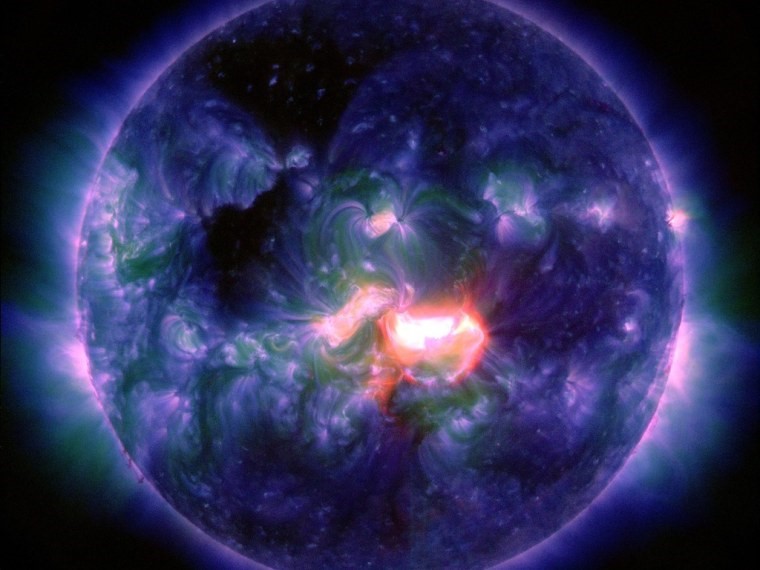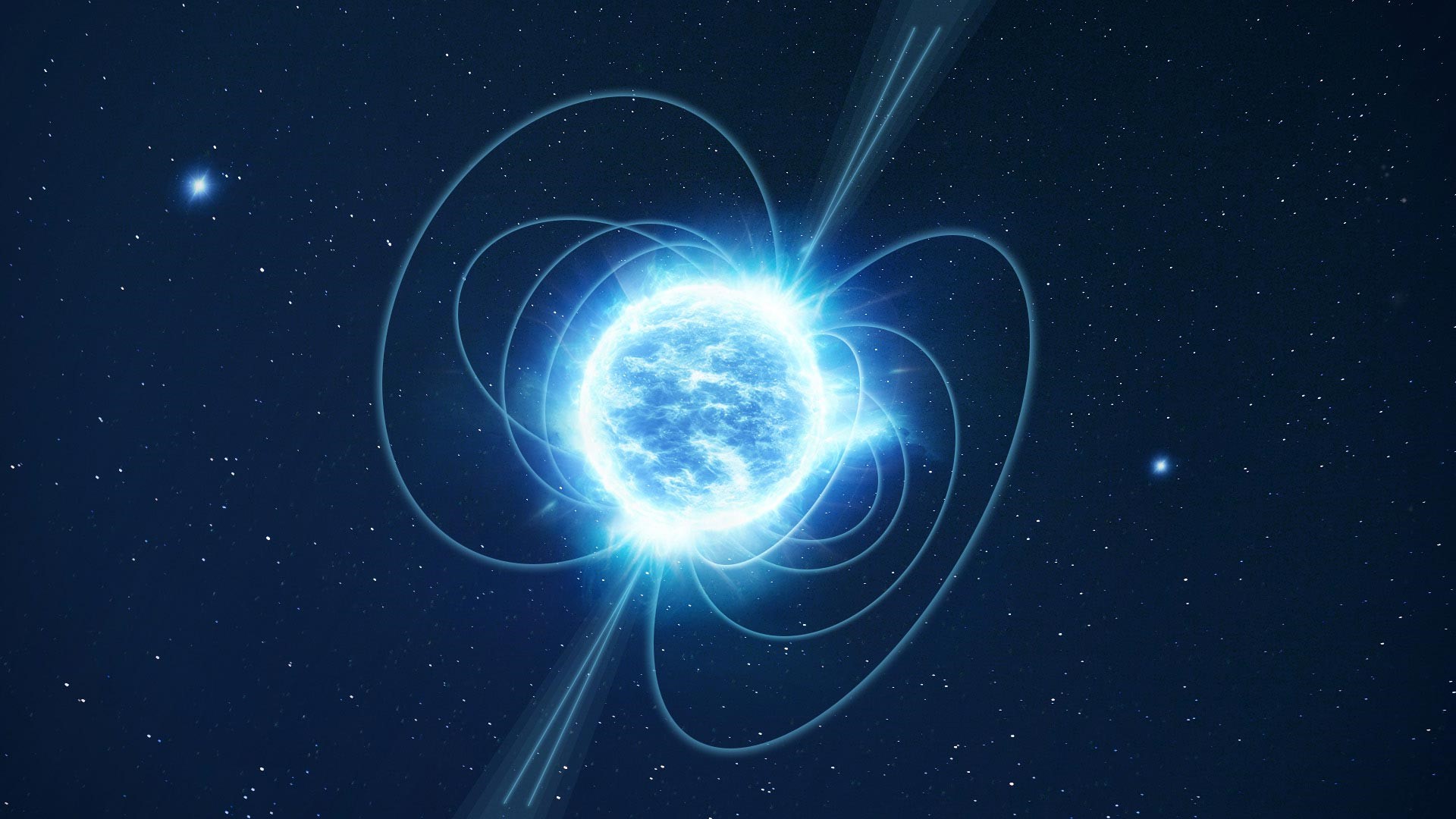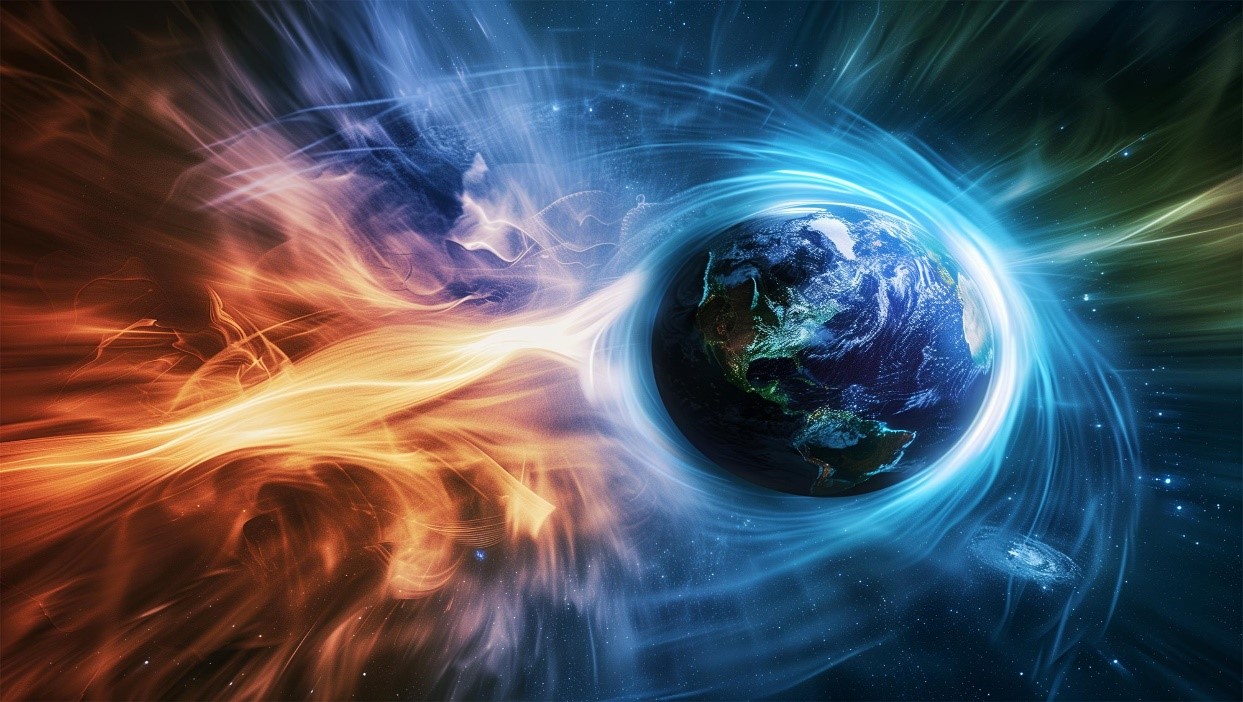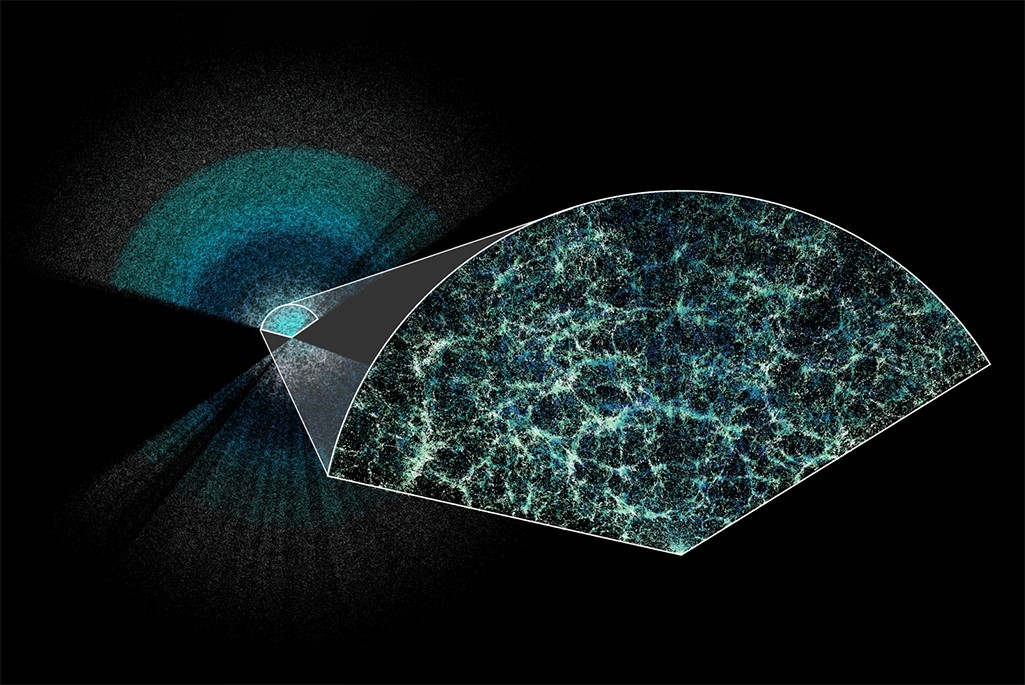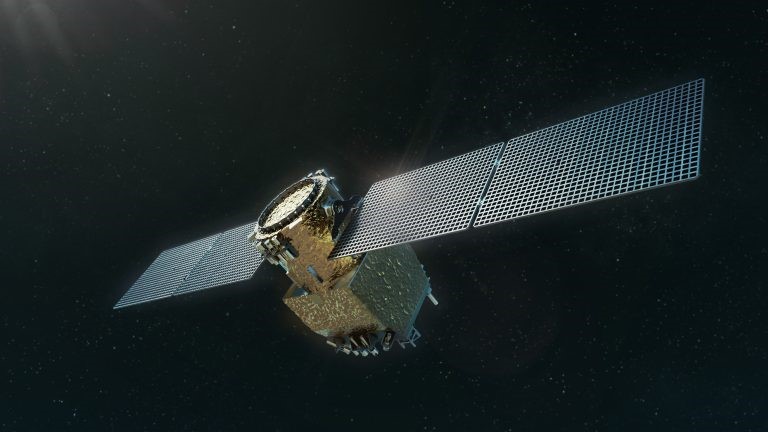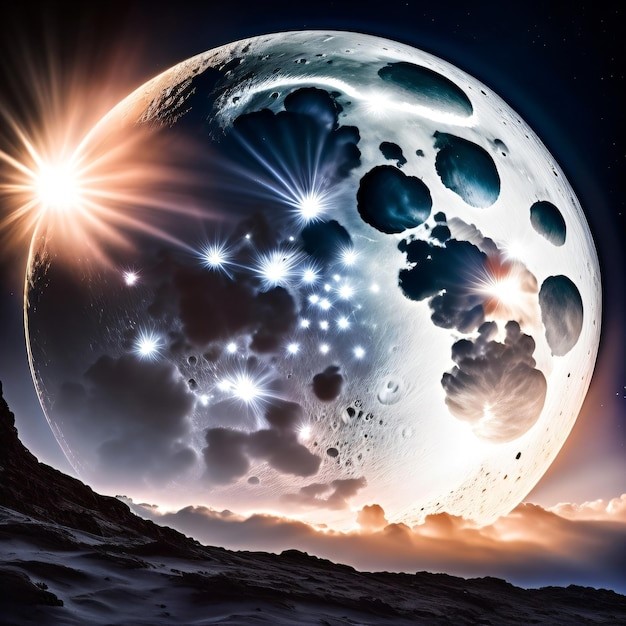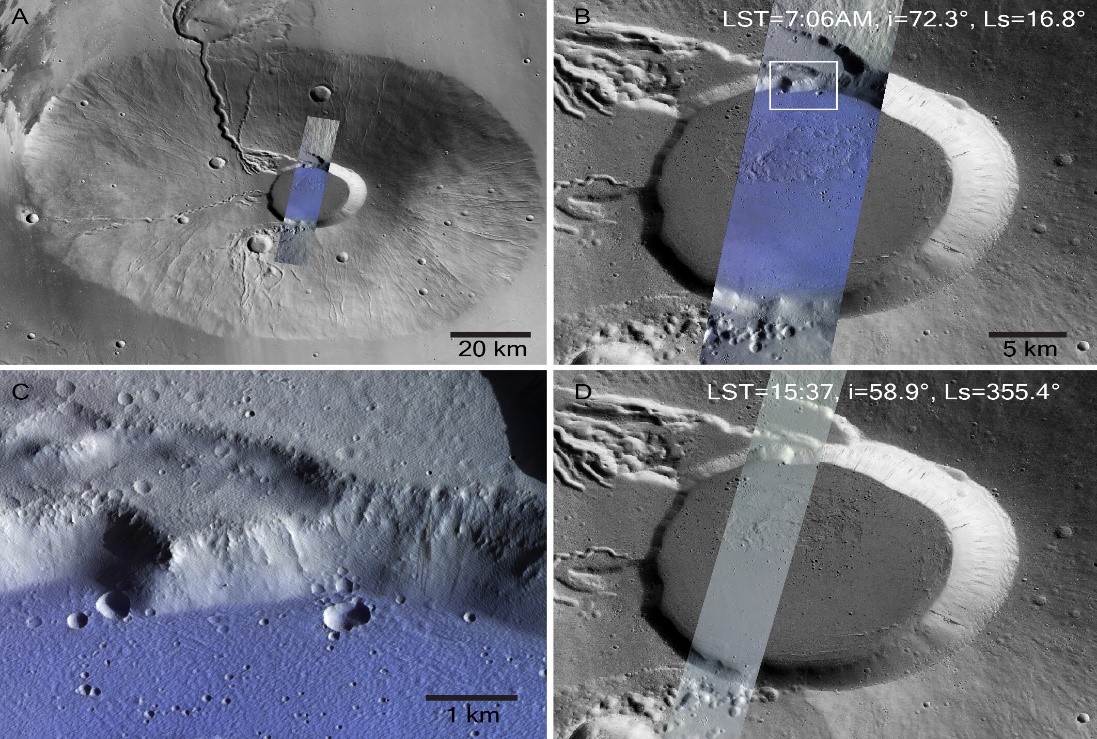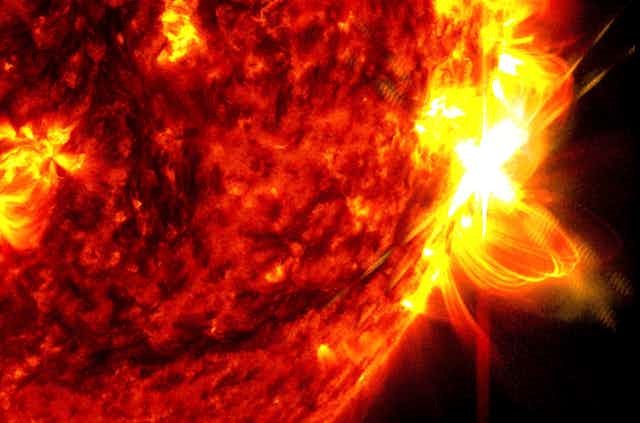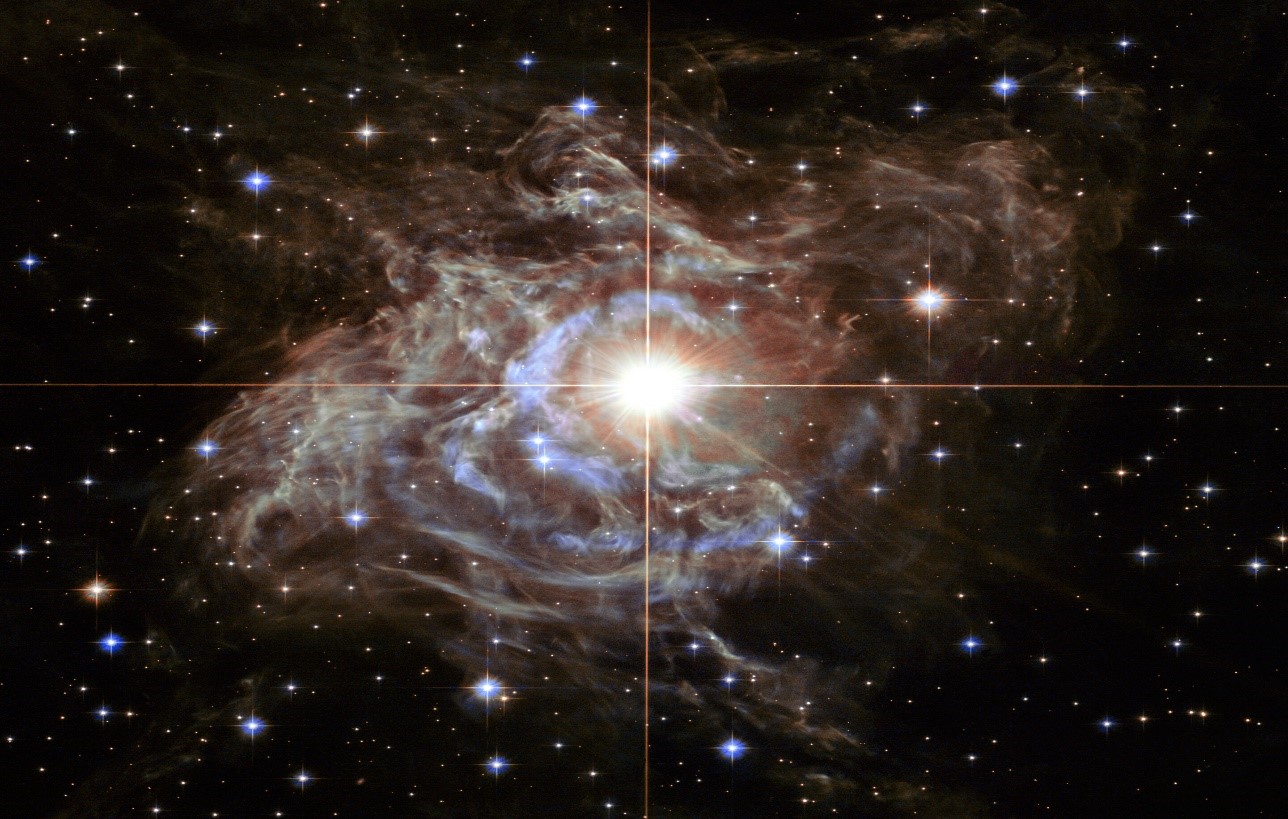Gigantic Stellar-Mass Black Hole Discovered in The Milky Way
Astronomers have detected the largest stellar-mass black hole ever found in our galaxy by observing a nearby star's distinctive "wobble." This newfound giant is now considered the second-closest black hole to Earth on record.
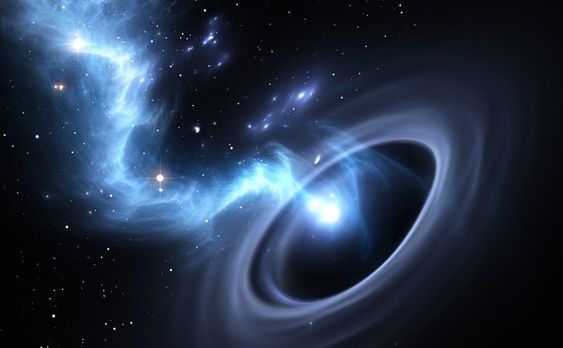
Figure 1. An artist's rendition portraying the black hole alongside its orbiting star.
Figure 1 shows an artist's rendition portraying the black hole alongside its orbiting star. Gaia BH3, a black hole, boasts a mass 33 times greater than that of our sun, surpassing the size of Cygnus X-1, the largest known stellar black hole in our galaxy, which weighs only 21 solar masses. Situated approximately 2,000 light-years away in the constellation Aquila, Gaia BH3 now stands as the second-nearest known black hole to Earth. The findings were published by the researchers on April 16 in the journal Astronomy and Astrophysics.[1]
Pasquale Panuzzo, an astronomer at the Paris Observatory and a member of the Gaia collaboration, expressed surprise, stating, "The presence of a nearby high-mass black hole, previously undetected, was entirely unexpected. Discoveries of this magnitude are rare in one's scientific career."
Black holes originate from the collapse of massive stars and expand through the absorption of gas, dust, stars, and other black holes. Presently, identified black holes can be classified into two groups: stellar-mass black holes, varying from a few to several dozen times the mass of the sun, and supermassive black holes, colossal entities ranging from several million to 50 billion times the mass of the sun.
The most elusive black holes in the universe are intermediate-mass black holes, theoretically ranging from 100 to 100,000 times the mass of the sun. Despite numerous promising candidates, none have been conclusively verified to exist. Scientists aim to address this cosmic gap by identifying young black holes and examining their potential evolution and impact on their surroundings, which could shed light on the existence and nature of intermediate-mass black holes.
In their quest to locate the nearby black hole, researchers utilized data from the European Space Agency's Gaia spacecraft, tasked with mapping the positions and movements of approximately 2 billion stars within the Milky Way. Through careful analysis of Gaia's data, astronomers identified a star exhibiting a noticeable deviation from its typical trajectory—a subtle deviation from its usual smooth path. The researchers determined that the most plausible explanation for this anomaly was the gravitational influence of an unseen companion black hole.
Subsequent to Gaia's observations, astronomers supplemented the data with additional observations from the Very Large Telescope located in the Atacama Desert in Chile, ultimately verifying the presence of the black hole. These observations also facilitated the determination of a precise measurement for its mass. Among black holes positioned at a distance of 2,000 light-years from Earth, Gaia BH1 remains the closest, with only Gaia BH1, situated 1,500 light-years away, being nearer to us.[2]
The researchers express their intention to delve deeper into studying the black hole to gain a better understanding of its formation process and its potential influence on its surrounding matter. Preliminary discoveries indicate that the star orbiting the black hole exhibits a "metal-poor" composition, meaning it lacks elements heavier than hydrogen and helium. This finding lends support to the theory suggesting that small black holes could originate from stars that fused less of their nuclear fuel into heavier elements.
Reference:
- https://www.livescience.com/space/black-holes/largest-known-baby-black-hole-discovered-extremely-close-to-earth
- https://www.popsci.com/science/biggest-stellar-mass-black-hole/
Cite this article:
Gokila G (2024), Gigantic Stellar-Mass Black Hole Discovered in The Milky Way, AnaTechMaz,pp. 24


